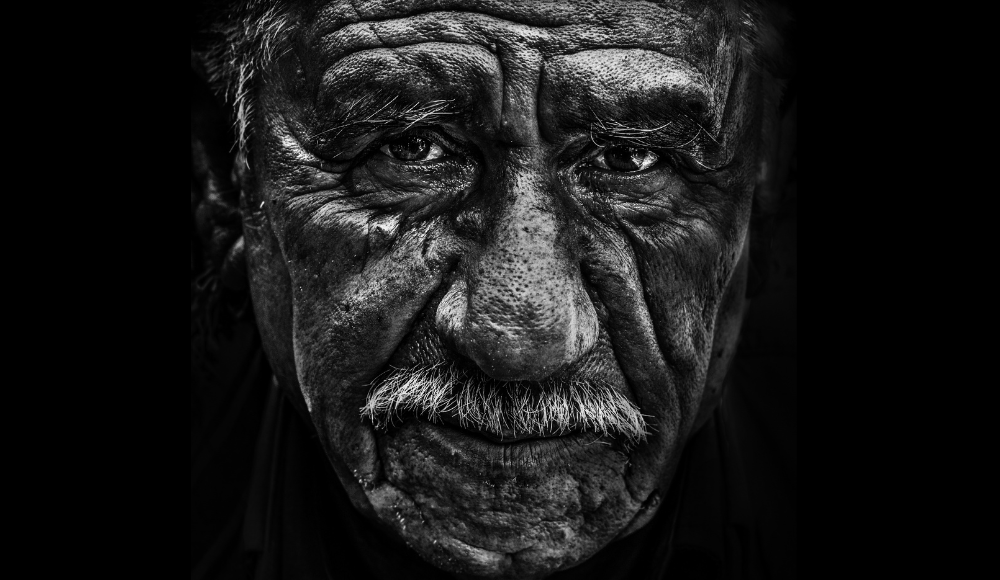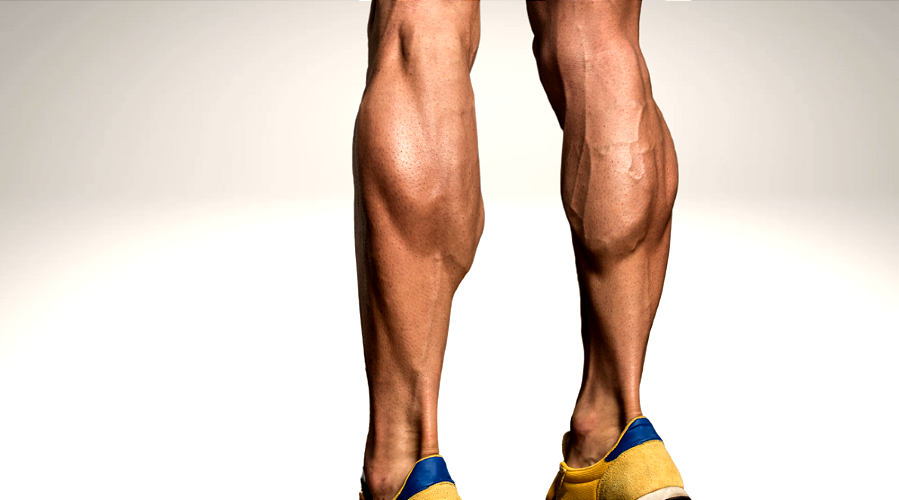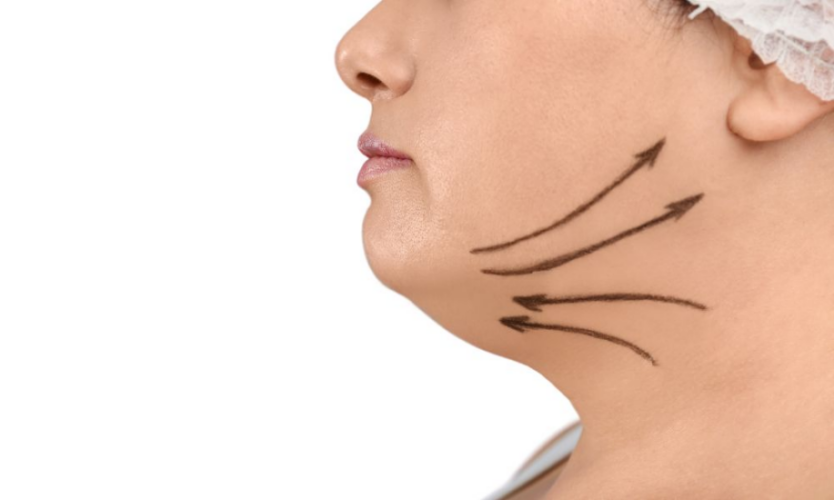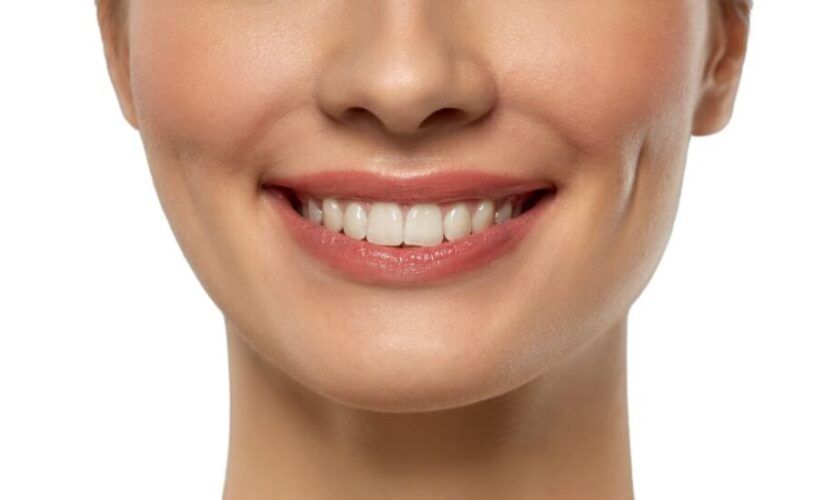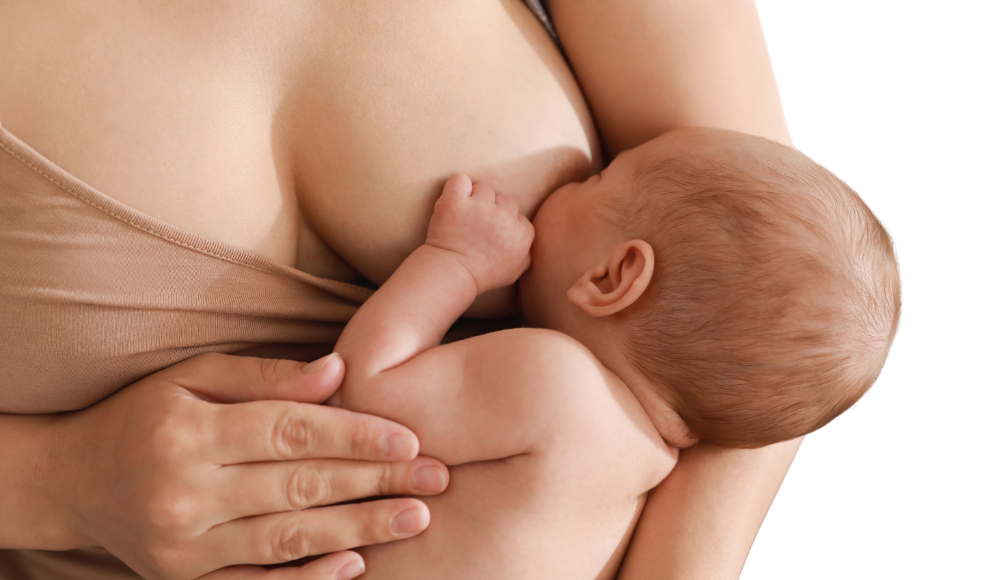Commonly among the public and the media, the plastic surgery is equated as field dealing with cosmetics/ aesthetics and thereby limiting their understanding of this field of surgery. Reconstructive surgery is the mainstay branch of Plastic Surgery, with vast plastic surgery procedures carried in India and around the world are in fact reconstructive.
Let’s know about reconstructive surgery
Reconstructive surgery is the subspecialty of plastic surgery that deals with repairing and restoration of function. It is performed to repair and reshape bodily structures affected by birth defects, developmental abnormalities, trauma/ injuries, infections, tumours and disease. It deals with the wide anatomical region from the top of the head to the tip of the toe, and age group from newborn babies to the very elderly, reconstructive surgery is used to treat a wide range of conditions. The plastic surgeon’s main aim is to restore the body, or the function of a specific part of the body, to normal.
However, plastic surgeons carrying out reconstructive surgery also try to improve and restore appearance. Wherever possible they attempt to minimise the visual impact of the initial wound or defect, and the impact of the surgery itself. Cosmetic surgery is an extension of reconstructive surgery in which the main functional gain to be expected is an improvement in appearance.
Reconstructive surgery is used to treat a wide range of conditions which fall into the two following categories, congenital and acquired:
Congenital
Congenital conditions are those that are present at birth. Congenital conditions that are treated with reconstructive surgery include:
• Cleft lip and palate
Incompletely joined/ fused areas of lip and palate can be repaired by plastic surgeons using local flaps and grafts.
• Vascular anomalies, such as birthmarks
Surgical excision, combined with other treatment options, are available for the treatment of arteriovenous malformations (AVM) and certain haemangiomas.
• Prominent ears, constricted ears and microtia
Reconstructive surgery is used to correct ear deformities and defects using otoplasty for prominent or constricted ears and ‘autogenous ear reconstruction’ for the treatment of microtia using rib cartilage.
• Hand deformities
Birth defects of hand, like extra digit (polydactyly), fused digits syndactyly) and deficient digits (thumb/ digit hypoplasia/ aplasia), club hand deformities, etc. are managed by Plastic Surgeon with training in hand surgery.
Acquired
Acquired conditions are those that develop or occur after birth. They can involve disease, cancer and infection, or they can involve accident and injury. Acquired conditions that are treated with reconstructive surgery include:
• Cancer
Plastic surgeons spend a great deal of time operating on cancer patients. Reconstructive surgery, mainly excision, closure and flap reconstruction, is used to treat a range of cancer conditions, especially cancer of the skin, breast, head and neck and sarcoma.
• Trauma
Reconstructive surgical techniques are crucial in the treatment of trauma and injury. These injuries most commonly involve the hand – majority of the work carried out in many plastic surgery units is concerned with hand trauma. The treatment of open fractures of the lower limb is also common, as is surgery to repair soft tissue injuries of the face.
• Infection
Reconstructive surgery is used to remove dead tissue following severe infections and to repair the surrounding area.
• Burns
Plastic surgeons are the primary clinicians involved in the resuscitation, surgical treatment, and reconstruction of patients who have suffered burns.
• Hand surgery
Plastic surgeons are involved in the management of a wide range of conditions that affect the hand including nerve compression, paralysis, arthritis, ganglions, and Dupuytren’s Contracture.



